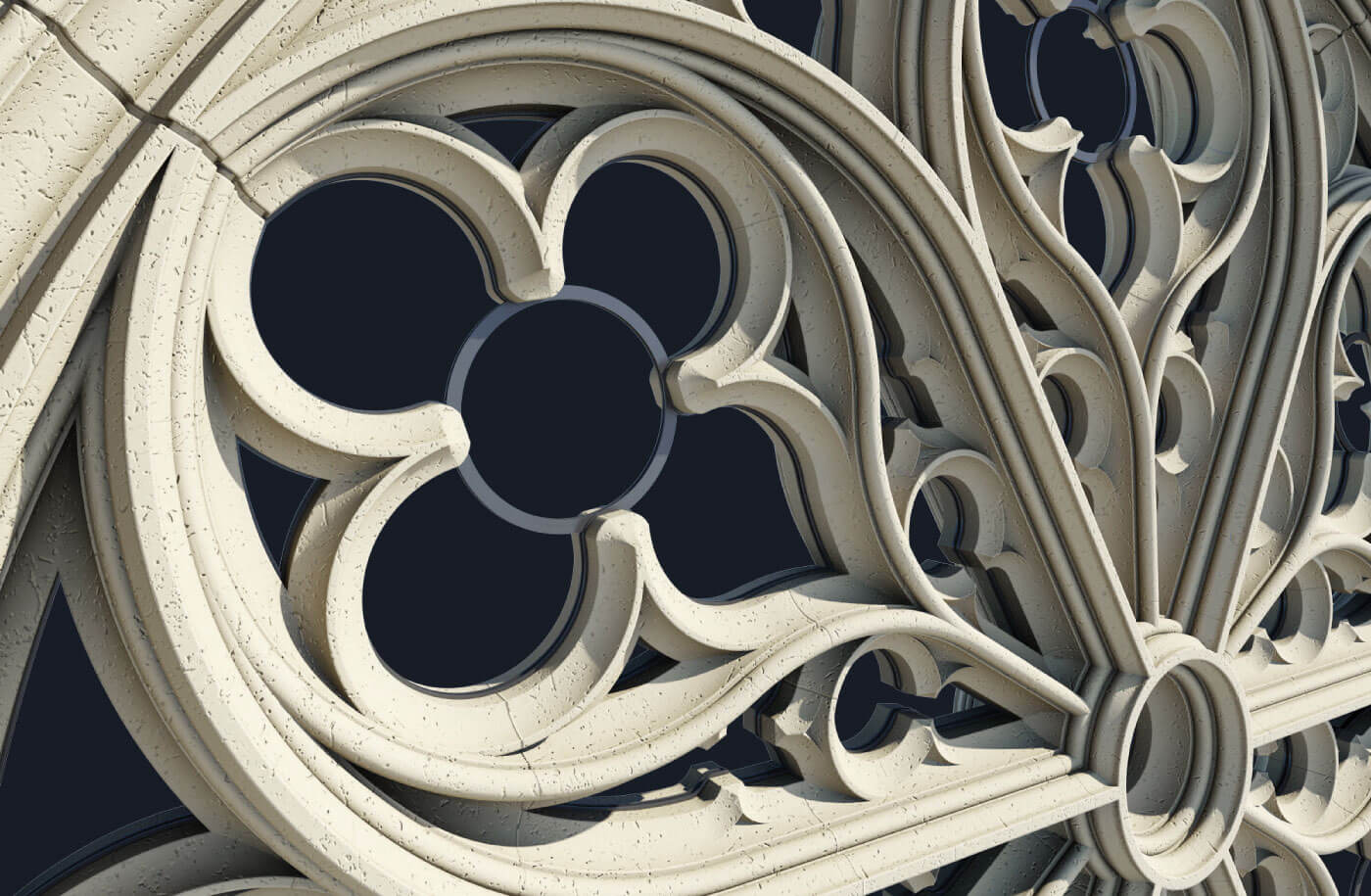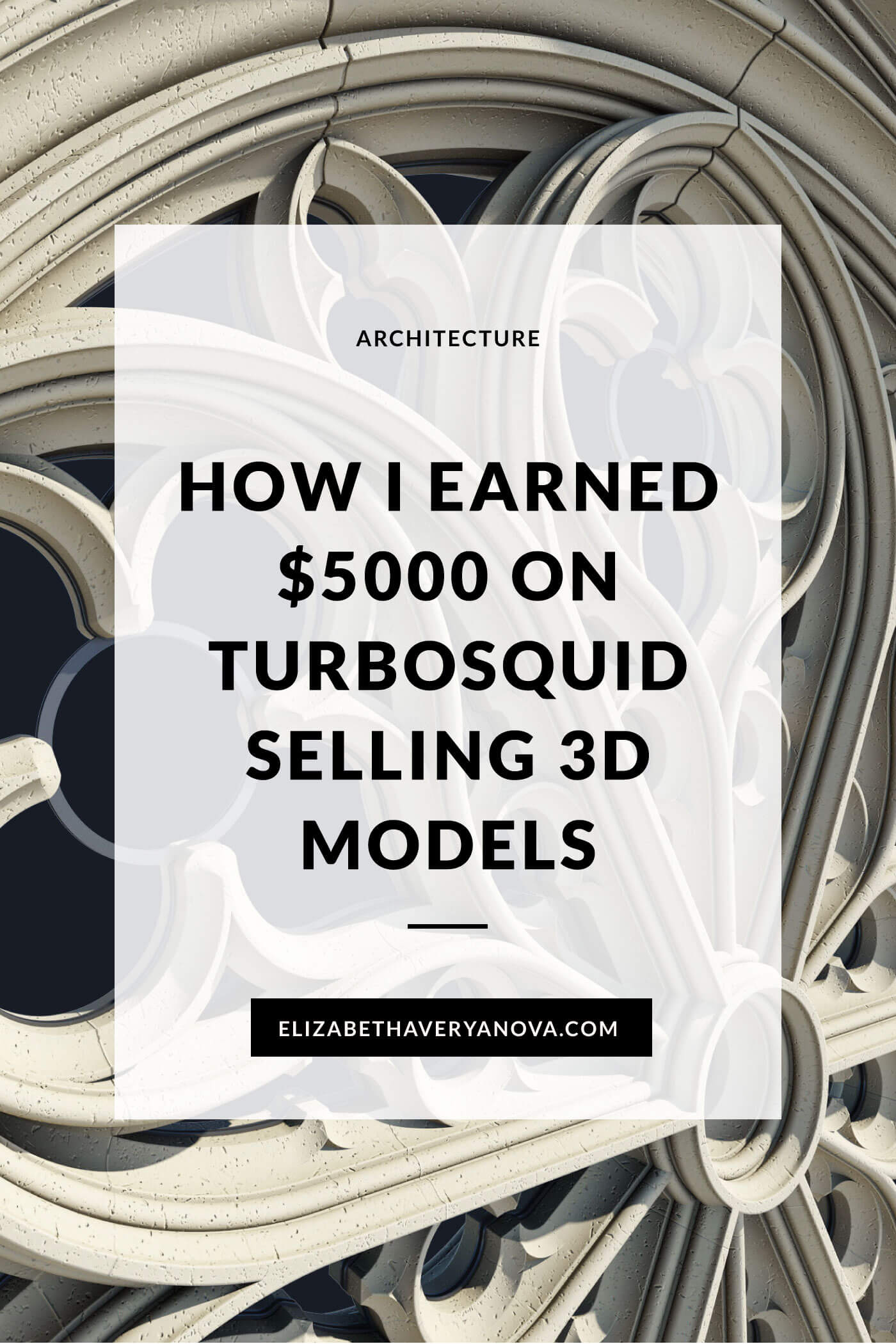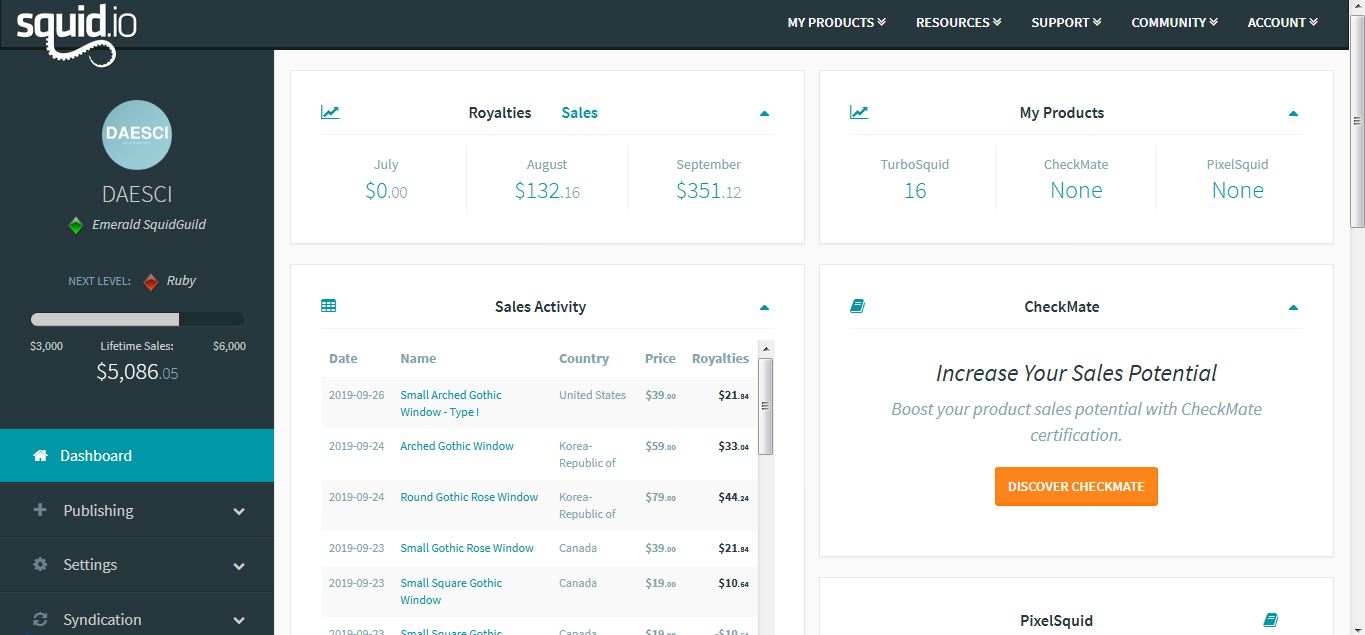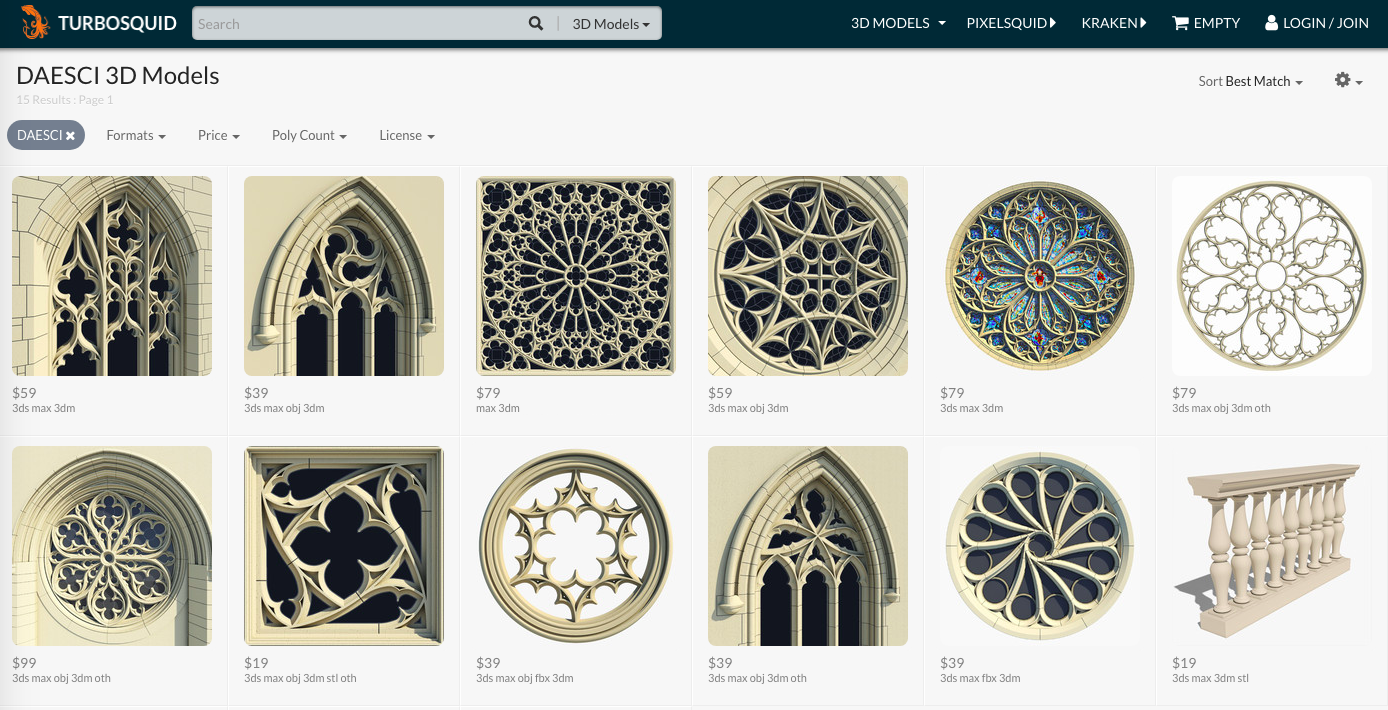
This month I officially crossed the $5000 mark on lifetime sales on Turbosquid – $5086.05 to be exact. I also had my biggest months of sales yet. I wouldn’t have guessed this would be possible when I discovered Turbosquid and published my first 3D model.
This is a guest post from Dmitriy Averyanov, a professional architect, BIM and 3D specialist, and online entrepreneur. With more than 15 years of 3D modeling experience, he’s passionate about leveraging 3D tools to convey architectural ideas. He also teaches students how to master their architecture and design skills.

What is Turbosquid?
Compared to all the various 3D model marketplaces, TurboSquid is one of the oldest, largest, and most reliable platforms. It’s a website where you can browse and buy 3D models for your 3D projects. Popular alternatives includes CGTrader and Sketchfab, but in my experience, TurboSquid is the best one. It’s the platform that I feel a connection with because over the years it had a consistent performance and proper direction. I’ve been in the online space for many years, and I’ve seen too many great platforms ruined by short-term corporate thinking. Turbosquid has lasted longer than many other 3D model sites. You can find some of the best quality 3D models on Turbosquid.
How I Got Started in 3D Modeling
I’ve had a passion for 3D modeling since high school. I started out 3D modeling spaceships and fantasy houses in the only software package that was available to me at the time – AutoCAD R14. Although AutoCAD was mainly a 2D drafting application, it had some 3D modeling capabilities. I taught myself how to create complex geometry using AutoCAD R14.
Over the years, my passion for 3D modeling has morphed into a general love for the built environment and architecture. By the time I graduated high school, I was firmly set on becoming an architect. During my university days, all of my time spent 3D modeling was limited to the needs of architectural design. I didn’t have the chance to learn the intricacies of subdivision meshes, UV-mapping, proper texturing, and all the other “serious” aspects of this trade.
By the time I graduated, I was still pretty amateurish by any standard in the field of 3D graphics. Despite that, I was frequently inspired to 3D model something unconventional and more complex than your typical residential home.
How I Created and Published My First 3D Model on Turbosquid – A Gothic Rose Window
About five years ago I stumbled on a book titled, Fundamentals of Building Construction, that had several details of limestone Gothic windows. A one-page spread had enough information to create a 3D model of the entire window. It had details for the cut stone tracery, masonry, and the frames. I was intrigued and proceeded to 3D model this window in Rhino (a great NURBS 3D modeling software package).
It took me close to a month of my free time to understand all the intricacies of the Gothic geometry and come up with a realistic model. Being an idealist, I had to make sure that my Gothic rose window was actually made up of proper cut stone parts. It needed to have a mortar layer and window frames with glazing where it would be, and all done the way real-life construction would be done.
After I finished, I had a complete digital replica. “You might as well try and sell it”, my wife told me, after she saw the finished model and the huge amount of time I put into it. (I have a suspicion that she was just a bit annoyed with me.)
Given that I didn’t consider myself a professional 3D modeler at the time, the thought to sell my 3D models had never crossed my mind. I tended to undervalue my work in the early days of my entrepreneur journey, so it was an intimidating thought.
I had already been buying 3D models from Turbosquid for client projects. Thus, I knew that it was a reliable platform that offered a wide range of models. TurboSquid also seemed the most accessible for new 3D modelers.
Registering a Turbosquid account was straightforward. Then, I set about the process for uploading my model and preparing presentation images. I was about to set the price at only $5 or $10, but something stopped me because I had spent tons of hours creating this model. After serious consideration, I decided on $75 (it’s no longer this price) with full confidence that no one would ever consider buying it.
And then, I sold one. I actually sold that model three times in the span of four month during that first year. That was encouraging. So I turned the page in that book, took the next page and started modeling another complex, arched Gothic window.

I Published More 3D Models & Started Earning Money on Turbosquid
Since those first models, I’ve modeled 10 more windows of varying size and complexity over a 5-year period. I was inspired by the more interesting ones. Among them was a rose window from Chartres, a rose window from St. Johns in NYC, and the grand south rose window of the Notre Dame Cathedral in Paris.
With each new model, I took lessons from the process and sought to improve my work, learning in the process about all of those proper 3D modeling techniques that I knew nothing about during my university days.

Since then, I have made over $5000 in lifetime sales on TurboSquid. These earnings are spread out over five years. I had a very slow start, and I’ve only been adding models to the site gradually. What started out as a small hobby has scaled up to be a minor income source. (Plus, it’s a great side income to pay for all that coffee over the years!)
Why TurboSquid is Great for 3D Models
Turbosquid is a great place for 3D modelers to sell 3D content. If you’re into other types of architectural or design work, there are many other ways to make money online as a designer. I recommend reading this post:
- Recommended Reading: 25 Ways to Make Money Online As a Freelance Designer
In my experience, TurboSquid has been great for a variety of reasons:
- The site has an extensive knowledge base and articles on how to properly prepare your models and sell them.
- Turbosquid has a (non-mandatory) quality standard. They have several standards of quality that you can apply for: Checkmate Lite, Checkmate Pro, Stemcell. You can also ignore those and upload your models the way they are. However, if you are striving to be a better modeler, following these standards will make your work more professional. It will help you understand the industry standards for 3D modeling. This is especially relevant for architecture students and anyone for whom 3D modeling is not a vocation but an acquired skill – but more on that in future posts.
- TurboSquid’s mission statement is “…to save artists the time of making a great model, and instead let them add their own personality to their creations.” I support this mission fully. My goal is to help other 3D artists incorporate high-quality Gothic windows and architectural details into their models while saving them massive amounts of time and effort.
A Final Note!
My experience with TurboSquid was an unexpected one, but something that I’m greatly appreciative of. If you want to check out my work – follow this link here to check out my profile. I’m planning to write a more detailed post on tips to properly publish your 3D models on TurboSquid, so stay tuned!


Dmitriy Averyanov is a Professional Architect, BIM and 3D Specialist, and Online Entrepreneur. With more than 15 years of architectural and 3D modeling experience, he’s passionate about leveraging 3D tools to convey architectural ideas. He also teaches students how to master their architecture and design skills.






